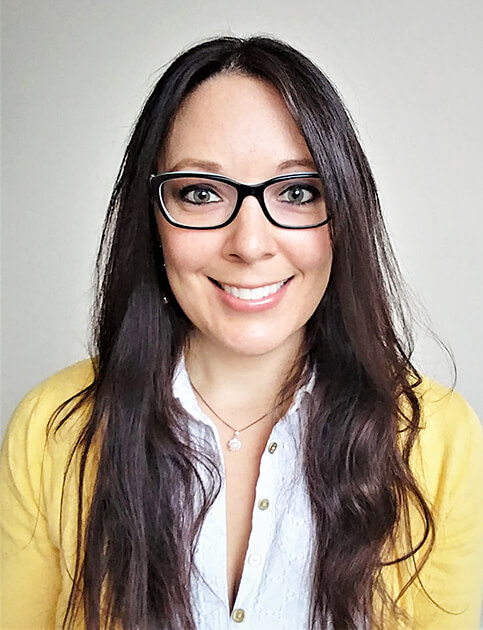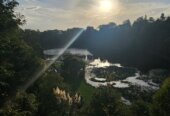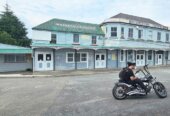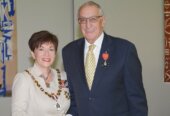A Brit, a Jamaican, and a Kiwi sit in a kitchen on the side of a volcanic island talking about what would happen to us if the volcano above erupted…
We have been struggling through the heat wave in Tenerife, heading out into the field to learn about the volcanic deposits around the island that teach us about how eruptions built the landscape over millions of years.
Two scenarios for this very popular tourism destination stand out, a smaller Strombolian-style eruption that would likely build a small cone (like we see in Auckland) and a lava flow (possibly like what I have been working on in La Palma), and the far less likely but potentially much more impactful explosive eruption option. In the international volcanology community this island is famous for the bigger kind, the large eruptions that emplace ignimbrite deposits – thick sections full of pumice from pyroclastic flows that raced hot and fast across the landscape just like we have around Taupō and Rotorua. Here, many are surprised to hear about this potential danger.
Discussions lead to how we could begin to prepare communities with these volcanic events that we cannot control. It is a complex mix of understanding the science and working with communities to understand the risks then take real steps to be prepared. We begin with understanding what the volcano can do and what the more likely scenarios are by studying the deposits – each volcano is different, so it is important to know the history. Here there are several historical eruptions that produced lava flows and ashfall across this landscape. These were relatively small compared to the explosive options but as we see at La Palma, when you have thick lava around 1000 degrees making its way to the ocean even the smaller events can have big impacts. Understanding the eruption record is still in progress but there is a good baseline to start with. We can combine the likely eruption processes and where they may occur with the understanding of what is in the way. What are all the aspects of society that could be impacted by lava, ashfall, pyroclastic flows, and other eruption processes? This step is what we have students working on over the next few weeks. Alongside these efforts there are local groups working to raise awareness of the volcanic landscape that nearly a million people live across, and numerous tourists vacation in. We have been discussing how we can work with these groups moving forward.
To get any location prepared for volcanic eruptions takes a range of experts to bring their skillsets to the table and work together. It requires an ongoing commitment to working with local groups with respect to their different needs and interests. The intersection of where people and volcanoes meet is where we help communities that are at risk of experiencing the devastation we see around the 2021 La Palma lava flow. Learning from past eruptions is where we can see where we need to improve for the next time around, as long as we take into account the local culture and customs.
This is where experts in different areas and from diverse backgrounds sitting around a kitchen learn from each other to incrementally move forward towards a more prepared society.









